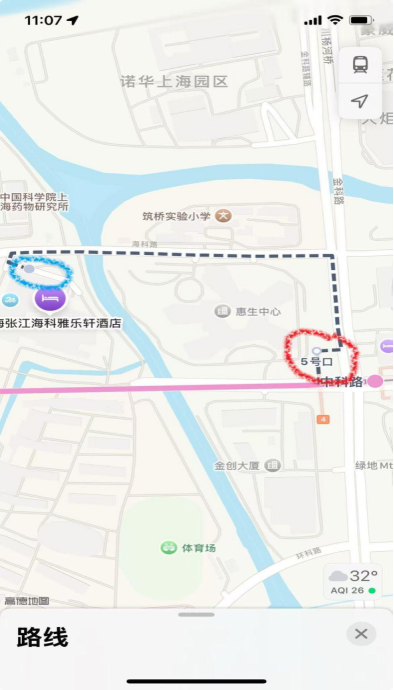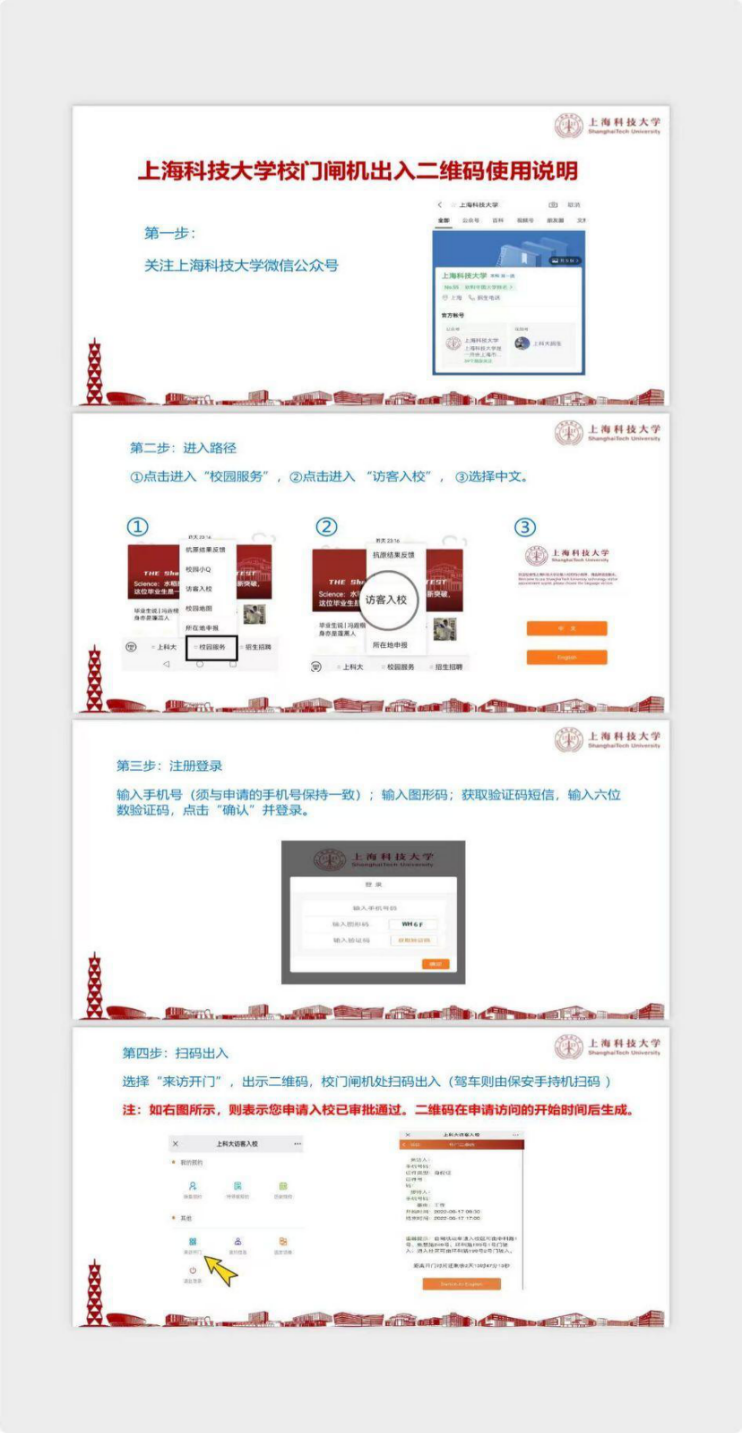粗糙路径与路径签名理论新进展
Recent Advances in Rough Path and Signature Theory
日期 (Date): 2025年9月15 - 19 日 (September 15th - 19th 2025)
地点 (Venue): 上海科技大学创意与艺术学院南楼 408 室 (Room 408, South Building, School of Creativity & Arts, ShanghaiTech University)
会议主题 (Primary Purpose of Conference)
本次会议将聚焦近期粗糙路径与路径签名理论在数学层面的新进展,及其在机器学习,金融数学,数值分析与统计中的应用。
This conference will focus on mathematical issues and aspects of general rough path theory and their applications in various areas such as machine learning, mathematical finance, numerical analysis and statistics.
邀请报告人 (Invited Speakers)
Christian Bayer (WIAS Berlin)
Xin Chen (Shanghai Jiao Tong University)
Samuel Crew (National Tsing Hua University)
Joscha Diehl (Greifswald University)
Xi Geng (Melbourne University)
Paul Hager (Vienna University)
Anna Kwossek (Vienna University)
Darrick Lee (Edinburgh University)
Terry Lyons (Oxford University)
Qi Meng (Chinese Academy of Sciences)
Zhongmin Qian (Oxford University)
Nikolas Tapia (WIAS Berlin)
Yue Wu (Strathclyde University)
Danyu Yang (Chongqing University)
Lingyi Yang (Oxford University)
Huilin Zhang (Shandong University)
组委会 (Organizing Committee)
Siran Li (Shanghai Jiao Tong University)
Chong Liu (ShanghaiTech University)
Hao Ni (University College London)
Shi Wang (ShanghaiTech University)
联系人 (Contact): Chong Liu (liuchong@shanghaitech.edu.cn)
WIFI: ShanghaiTech-Guest or eduroam
| Monday(15 Sep) | Tuesday (16 Sep) | Wednesday(17 Sep) | Thursday(18 Sep) | Friday(19 Sep) | |
| 8:45-9:00 | Opening Remarks | ||||
| 9:00-10:00 | Terry Lyons | Joscha Diehl | Xi Geng | Christian Bayer | Nikolas Tapia |
| 10:00-10:30 | Coffee Break | Coffee Break | Coffee Break | Coffee Break | Coffee Break |
| 10:30-11:30 | Zhongmin Qian | Danyu Yang | Darrick Lee | Paul Hager | Lingyi Yang |
| 11:30-14:00 | Lunch | Lunch | Lunch | Lunch | Lunch |
| 14:00-15:00 | Anna Kwossek | Qi Meng | Huilin Zhang | ||
| 15:00-15:30 | Coffee Break | Coffee Break | Coffee Break | ||
| 15:30-16:30 | Xin Chen | Yue Wu | Samuel Crew (Online) | ||
| 17:30-20:00 | Conference Dinner | Dinner | Dinner | Dinner |
Agenda, Titles and Abstracts can be found in the conference brochure below:
从浦东机场到酒店 (From the PVG Airport to Hotel)
● 打车 (Taxi): Around 80 - 120 RMB (10 - 15 Euro), 30 minutes out of peak time (7:00 - 9:00, 16:30 - 18:30), otherwise can be 40 - 50 minutes. Since most of taxi drivers cannot speak English very well, please just show the taxi driver the address of the hotel: 张江海科雅乐轩酒店,浦东新区张江海科路550号.
How to pay the taxi:
Payment to taxi drivers in China is nowadays almost exclusively mobile, so you have to use Alipay (支付宝) or wechat (微信) to pay the taxi fares through your mobile phone, by scanning the QR code that the taxi driver provides to you. You can find more information on how to download and use these apps (Alipay and wechat) below, see the “Payment in China” section.
If you want to use Alipay to pay, please show the following to the taxi driver:
我想用支付宝付车费。
If you want to use wechat to pay, please show the following to the taxi driver:
我想用微信付车费。
Then the taxi driver will show you a QR code, you may open the corresponding app and scan this QR code to complete the payment.
Please note that most taxis in Shanghai cannot accept credit cards.
Cash can be accepted in taxis, but usually no change (as the taxi drivers often have no cash at hand because the mobile payment is so popular here).
● 地铁 (Underground): 8 RMB and takes about 60 minutes plus 12 minutes walk.
1. 乘坐地铁二号线,从浦东机场1号2号航站楼至龙阳路站,之后换乘16号线。
Take Line 2 from Pudong Airport Terminal 1 & 2 station until Longyang Road Station, then change to Line 16.
2. 在龙阳路站乘坐地铁16号线,至华夏中路站,之后换乘13号线。
Line 16 until Middle Huaxia Road station, then change to Line 13.
3. 在华夏中路站乘坐地铁13号线,至中科路站,从5号口出站。
Line 13 until Zhongke Road station, follow exit door 5 (see the red circle in the following picture).
4. 从5号口出站后,沿金科路向北走约165米,左转进入海科路,步行450米左右即可抵达酒店。
Walk North along Jinke Road (165 meters), then Turn Left along Haike Road (450 meters) until you arrive at the hotel (see the blue circle in the following picture.

How to pay the Underground:
In principle, VISA, MASTER, Union Pay all work. But it is recommended to use an app like Alipay to pay by showing a QR code, or purchase a metro card at the station. If you have trouble in paying underground, please ask the info desk at the station (as the staff therein can speak some English).
We would like to recommend taking a taxi from the PVG airport to the hotel, as you have to change twice by taking the underground, and need to walk a lot.
从酒店到会场 (From Hotel to Conference)
The conference takes place in 上海科技大学创意与艺术学院南楼 408 室 (Room 408, South Building, School of Creativity & Arts, ShanghaiTech University). It will take 10 min from the hotel to the above building by walking.
We will pick you up at the lobby of the hotel at 8:15 AM on 15th September and then go to the conference classroom together, so that you can easily know the way from the hotel to the classroom of the conference.
如果您有中国手机号码与微信账号,请在会议开始前1-3天按照下图所示的步骤打开入校二维码,届时可以通过在闸机上扫描二维码的方式入校。
If you have a wechat account and a Chinese mobile phone number, then please follow the steps indicated in the graph below to get the access QR code to enter the campus.

If you do not have a Chinese mobile phone number, we will provide a campus card to you when we meet at the lobby of the hotel at 8:15 AM on 15th September. You can use this card to get access to the campus.
Payment in China
Payment in China is nowadays almost exclusively contactless and with mobile. It is extremely convenient, however, it means that alternative payment methods are less widespread.
● Mobile Payment: Very easy to register and use.
1. Download Alipay (支付宝) or wechat (微信) from the app store.
2. Register with your mobile phone number.
3. Add bank card.
The overall help can be found by clicking this link: 2024052411343817647.pdf
From there you can pay anywhere by showing or scanning a QR code. You also have access to underground, taxi service, food and grocery delivery, bicycles all within the app.
● Credit Card: Visa, MASTER, Union Pay all work. But not every shop in Shanghai accepts this mode of payment.
● Cash: Though accepted in most shops and taxis, it is very difficult to pay with cash presently (often no change).
Warning: Since your wallet is your phone, you need internet connection (roaming or local sim) as well as enough power for your phone.
Warning: Since google, facebook, whatsApp cannot be used in China by using the local internet connection, if you want to use them, please prepare a VPN.